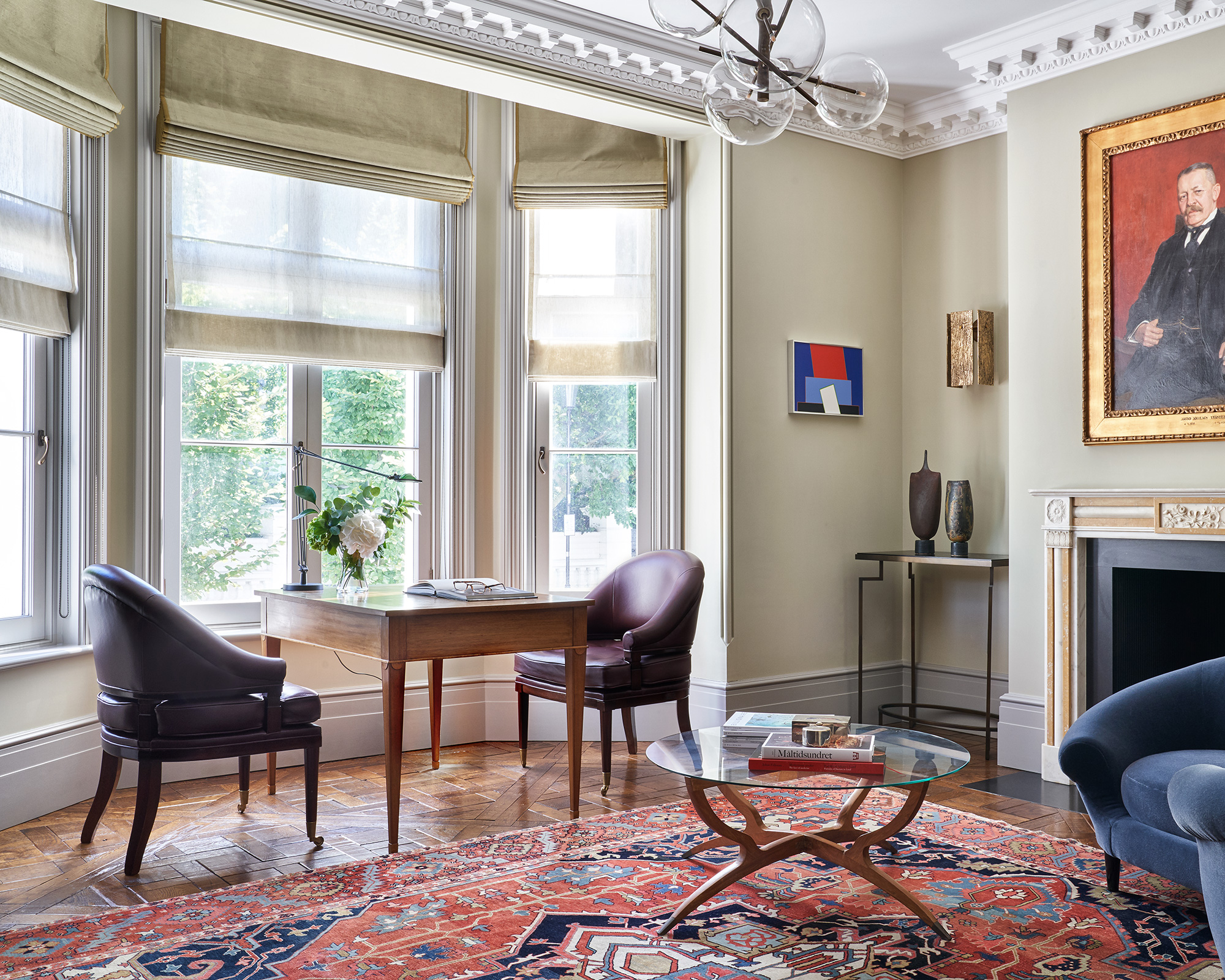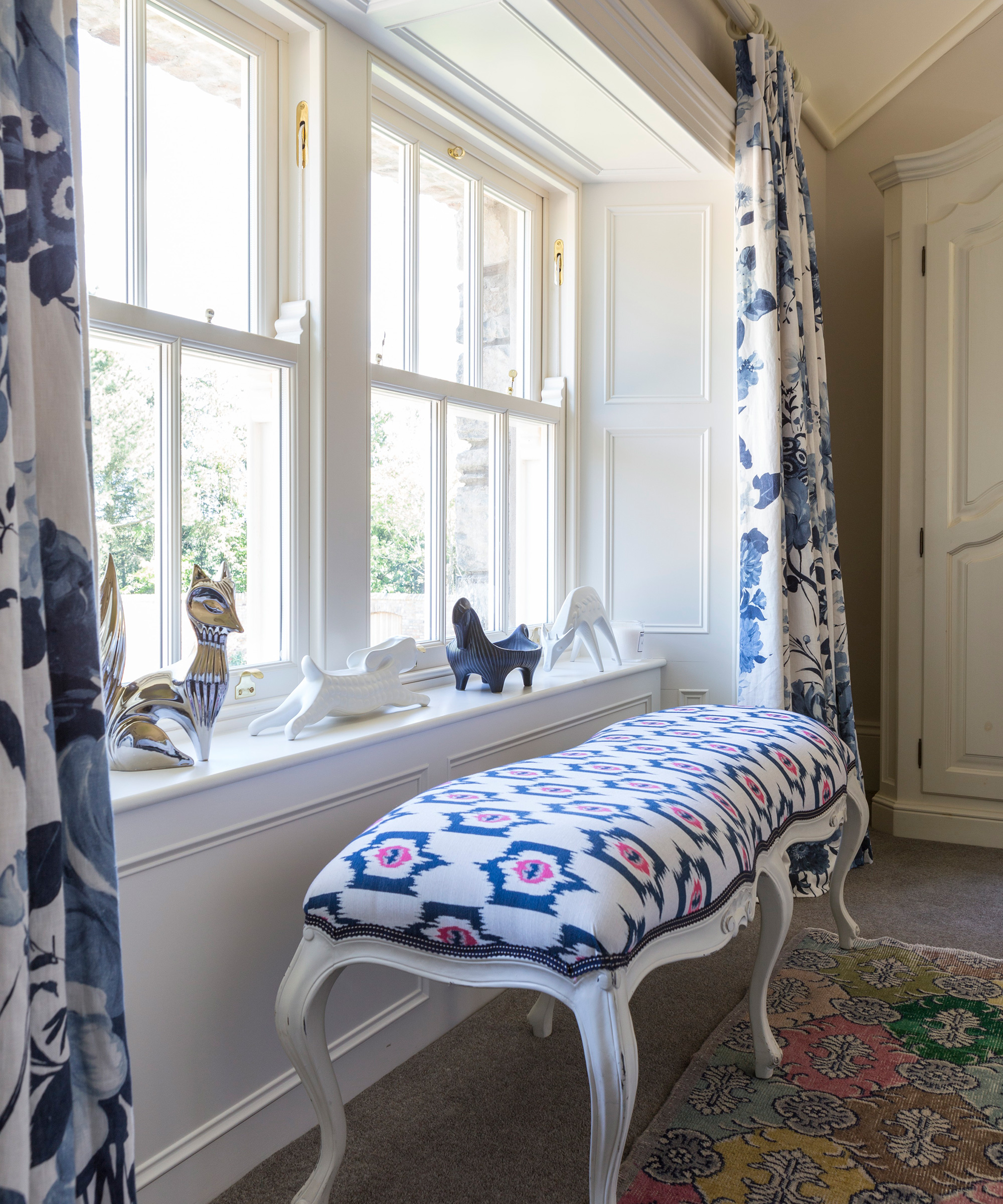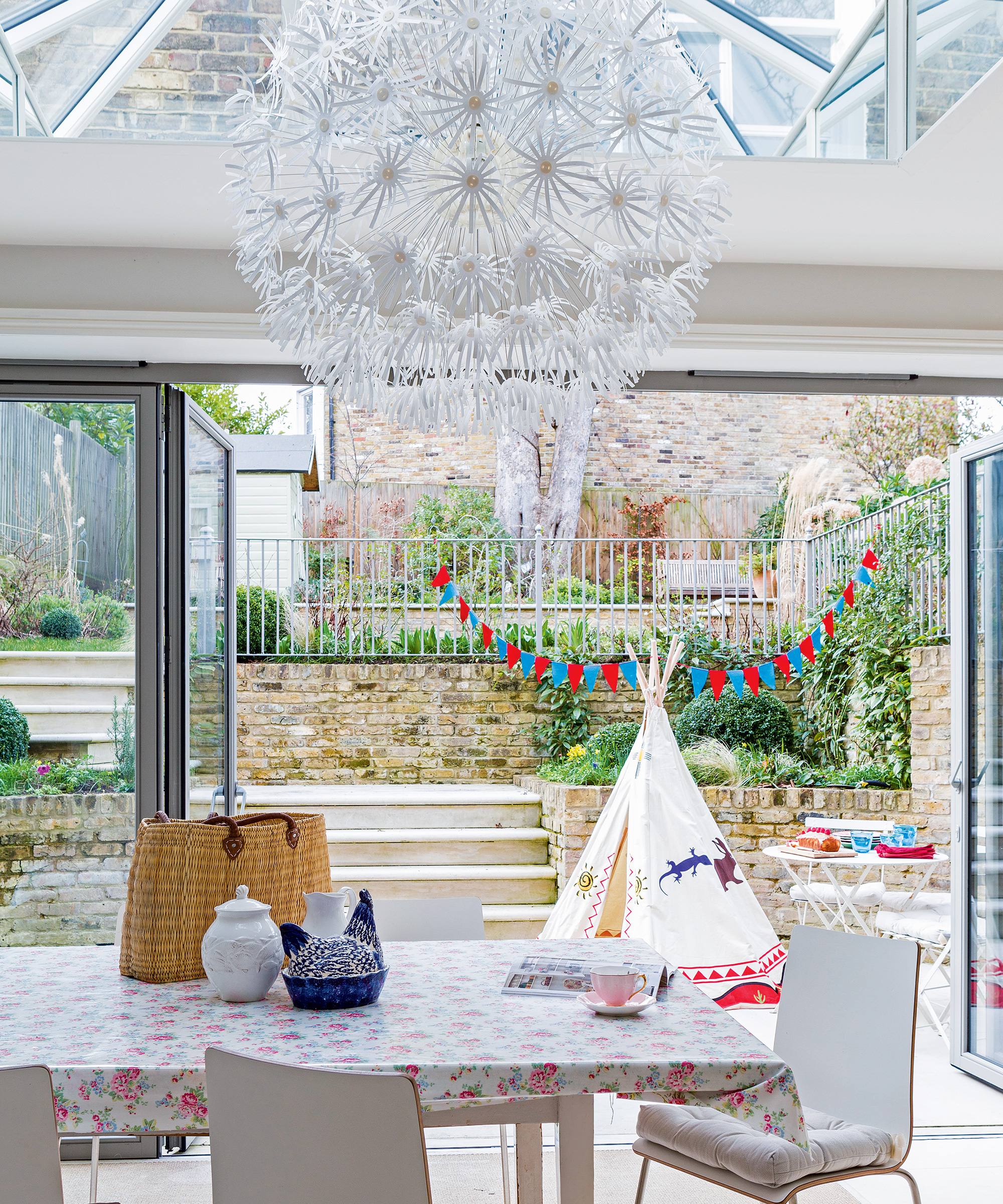5 smart ways to keep your home warm this winter
The better your home is insulated, the lower your energy bills will be


It’s starting to look like we will all be spending a little more time at home again over the next few months and with the colder weather here, it could be a costly time for home owners.
With more people working from home once again and curfews being introduced, it’s an opportune time to invest in insulating your home – not just to keep it cosy – but also efficient in terms of heat retention and cost savings.
'Over the last six months we have all spent more time at home than usual, and our homes now more than ever play a vital role in keeping us safe and secure as well as being the backdrop to home working, home learning and everything in between,' says John Evans of home improvement specialists Stormclad.
'To ensure the home remains a pleasant place to be for all the family, temperature plays a key role and as it begins to get colder outside, it could be the perfect time to make home improvements to increase the homes thermal efficiency.
'There are a number of simple modifications you can make to your home to reduce heat which can be installed in a matter of hours, days or weeks.'
- If you are struggling with winter blues, then these SAD lamps might be what you need to boost health and happiness
How to keep your home warm
These simple basics will keep you cozy indoors.
1. Draught-proofing

There are countless gaps in our homes that we usually never even think about. However, these are letting out the warmth from, and letting the cold inside. Often you can fill all the gaps and holes yourself with some simple DIY.
Design expertise in your inbox – from inspiring decorating ideas and beautiful celebrity homes to practical gardening advice and shopping round-ups.
Internal doors are a good place to start when trying to cover drafts. You can buy removable draft excluders such as the classic sausage dog, or have a draft excluding door seal fitted underneath the door. Ensure you keep these shut as often as possible to retain the heat in each room, and to stop drafts coming through.
2. Replace windows with modern double glazing

Windows are one of the most prone areas to heatloss in the home. An old single paned window will emit around 84% of a room’s heat into the cold air outside so it is definitely worth the investment.
Installing double glazed windows will retain the heat in your home by trapping a layer of air between two panes of glass which stops the air from circulating, resulting in a decrease of heat loss across the window. With modern double glazed windows, the space between the panes is often filled with denser argon gas which will slow down heat loss even further.
Older windows can look outdated and deteriorate quickly, so replacing them a with durable frame such as aluminum will transform the look of your home outside and in.
3. External door replacements

Older doors are prone to holes and gaps which allows draughts to enter the home. Doors can often become warped and unsettled in their existing frame, which means its time for an upgrade.
Solid wood doors are a popular choice as timber is a natural insulator, absorbing and retaining heat, as well as composite doors, which are a thick door made of a combination of timber and ABS (Acrylonitrile Butadiene Styrene) – a robust thermo-plastic door skin.
Top top: Ensure your door is fitted with a quality letterbox flap or brush, to reduce the amount of heat loss from the letterbox.
4. Conservatory refurbishments

Do you avoid this room in the winter because it’s too cold? Could this be your new home office? Making changes to your old conservatory can vastly reduce the amount of heat lost and make the space welcoming and usable all year round.
Older conservatories are often made with plastic polycarbonate roofs which have very little thermal insulation. Replacing the roof with high performance glass, a solid roof or a combination of the two, is one of the most effective improvements you can make to increase a conservatory’s thermal efficiency, which not just affects the conservatory but the whole home's thermal efficiency.
Thanks to Stormclad for these tips.
5. Cavity wall insulation
Most house dating from the 1920s onwards have cavity walls, yet insulation only tends to come as standard in those built in the past 20 years. Cavity walls are composed of two laters separated by a narrow gap, so they should be insulated to retain warmth. A registered installer can check whether your external walls are filled and, if not, their suitability for insulation.
This is also a great measure to take that will keep your house heated if the furnace goes out, or to lower your heating costs in winter.

Jennifer is the Digital Editor at Homes & Gardens, bringing years of interiors experience across the US and UK. She has worked with leading publications, blending expertise in PR, marketing, social media, commercial strategy, and e-commerce. Jennifer has covered every corner of the home – curating projects from top interior designers, sourcing celebrity properties, reviewing appliances, and delivering timely news. Now, she channels her digital skills into shaping the world’s leading interiors website.